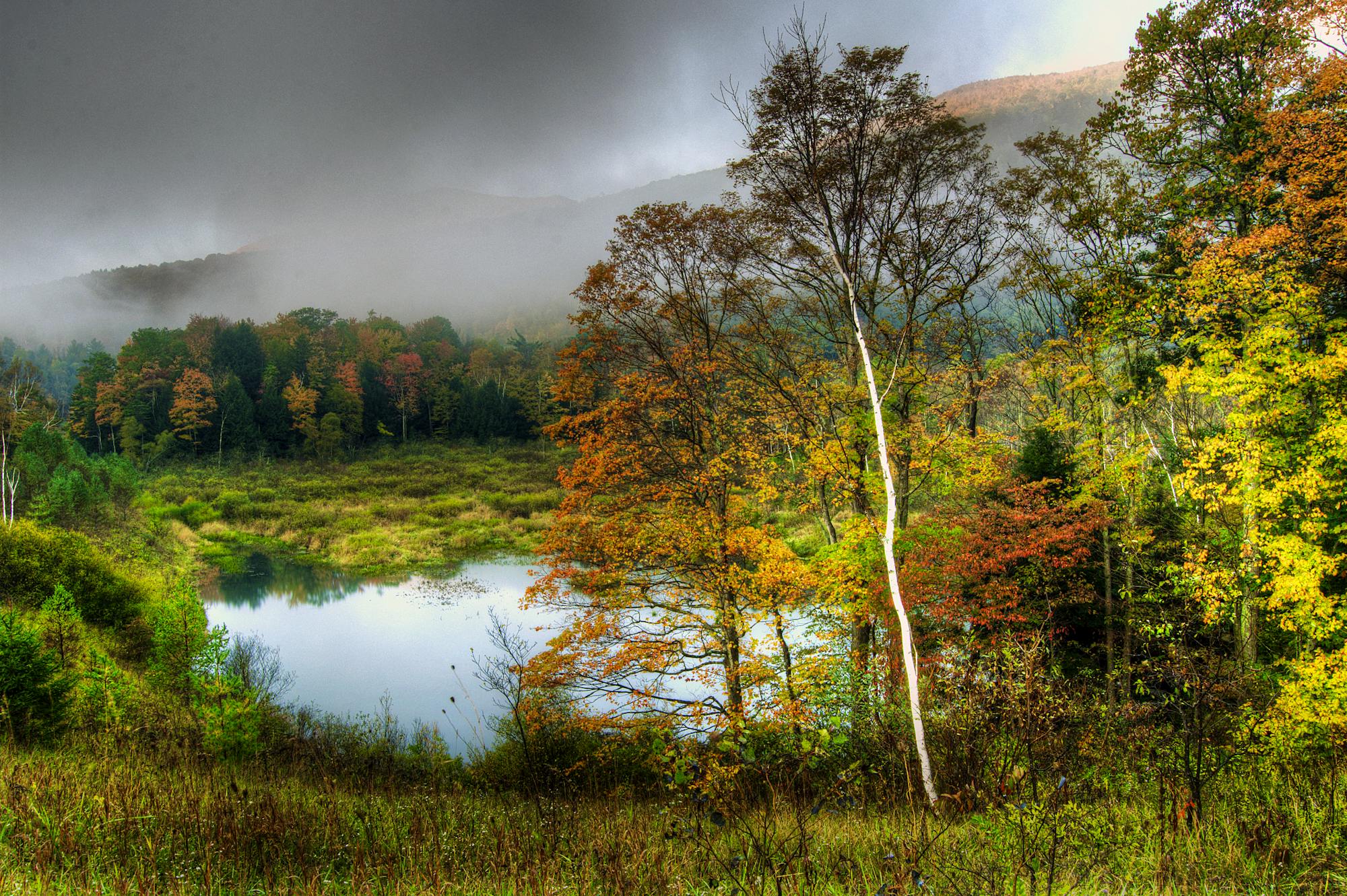This new year is bringing a few surprising new neighbors for some people! A bobcat made its way into the metropolis of DC, the first of its kind to be seen in the city in recent history. In Colorado, a pack of six gray wolves crossed over from Wyoming, one of only a handful of times in the past 80 years that wolves have crossed into the state. While the bobcat is (thankfully) not a threatened species and the gray wolf is on the path to recovery, these incidents are a reminder that species can be highly mobile – their ranges don’t have strict boundaries, and in their wandering, they may encounter new territory.
For threatened and endangered species, a range shift or a move into areas they previously didn’t occupy can bring even greater challenges. Climate change, invasive species, and ever-encroaching human development can all cause a shift in habitability of certain areas; places a species used to call home may no longer be suitable, and areas that at one time couldn’t hold a species may now be ideal. When threats to species change or intensify, it can be hard for the policies meant to protect species to keep up. How do our environmental policies protect species when their habitats shift or expand? What happens when an area previously unoccupied by a species is now essential to their survival?
Protecting species means protecting their habitat. The Endangered Species Act (ESA), the strongest law in the world safeguarding imperiled species, is designed to protect threatened and endangered species and “the ecosystems on which they depend.” To fulfill this requirement, the ESA helps defend the critical habitat species depend on. But the question of what habitat species depend on is a complicated one. The land a species uses now may be unsuitable in five, 10 or 20 years. Do we have a responsibility to protect only current habitat, or should areas that are likely needed for the future survival of the species be considered habitat as well?
To complicate the problem, the ESA currently has no definition of “habitat.” While the word has an ecological definition used by biologists (the place or environment where a plant or animal naturally or normally lives and grows), laws often provide their own set of definitions that apply specifically to the terms of that law. The lack of a legal definition for habitat in the ESA means that implementing and interpreting the law can be confusing and complicated. For species that rely heavily on habitat protections to ensure their survival and recovery, having a clear, broad, and inclusive definition of habitat is critical – it can mean the difference between what land is protected and which is not, and ultimately mean the difference between recovery and extinction.
To tackle this issue, the U.S. Fish and Wildlife Service (FWS) has been tasked with defining what constitutes “habitat” under the ESA. This presents the FWS with an opportunity to develop a definition that can account for the fluctuating nature of the space a species needs to survive. A definition that encompasses areas the species currently lives, those that could be restored, and those that are likely to support the species in the near future would help ensure the survival and recovery of species in the face of worsening threats.
Though the final definition will be determined by the FWS, at Defenders of Wildlife, we support a definition of the word habitat that reflects the best available science, is consistent with the intent of the ESA, and is broad enough to account for species’ shifting needs. Habitats are ever-changing as ecosystems grow and evolve, and the increasing intensity of threats like climate change make habitats all the more dynamic. The shape and success of future species conservation will be driven by the definition that FWS chooses. Will the definition allow us to protect areas that may one day make good habitat even if it isn't suitable yet?
For the ESA to fulfill its purpose of guarding imperiled species against extinction, it must address the shifting needs of those species. Looking to the gray wolf and the bobcat, it is a reminder that humans are not as separated from nature as we might think. Our new DC neighbor the bobcat is a reminder that wildlife don't always stay put--in this case, the cat's out of the bag (or range) and it isn't likely to go back anytime soon.










Follow Defenders of Wildlife
facebook bluesky twitter instagram youtube tiktok threads linkedin